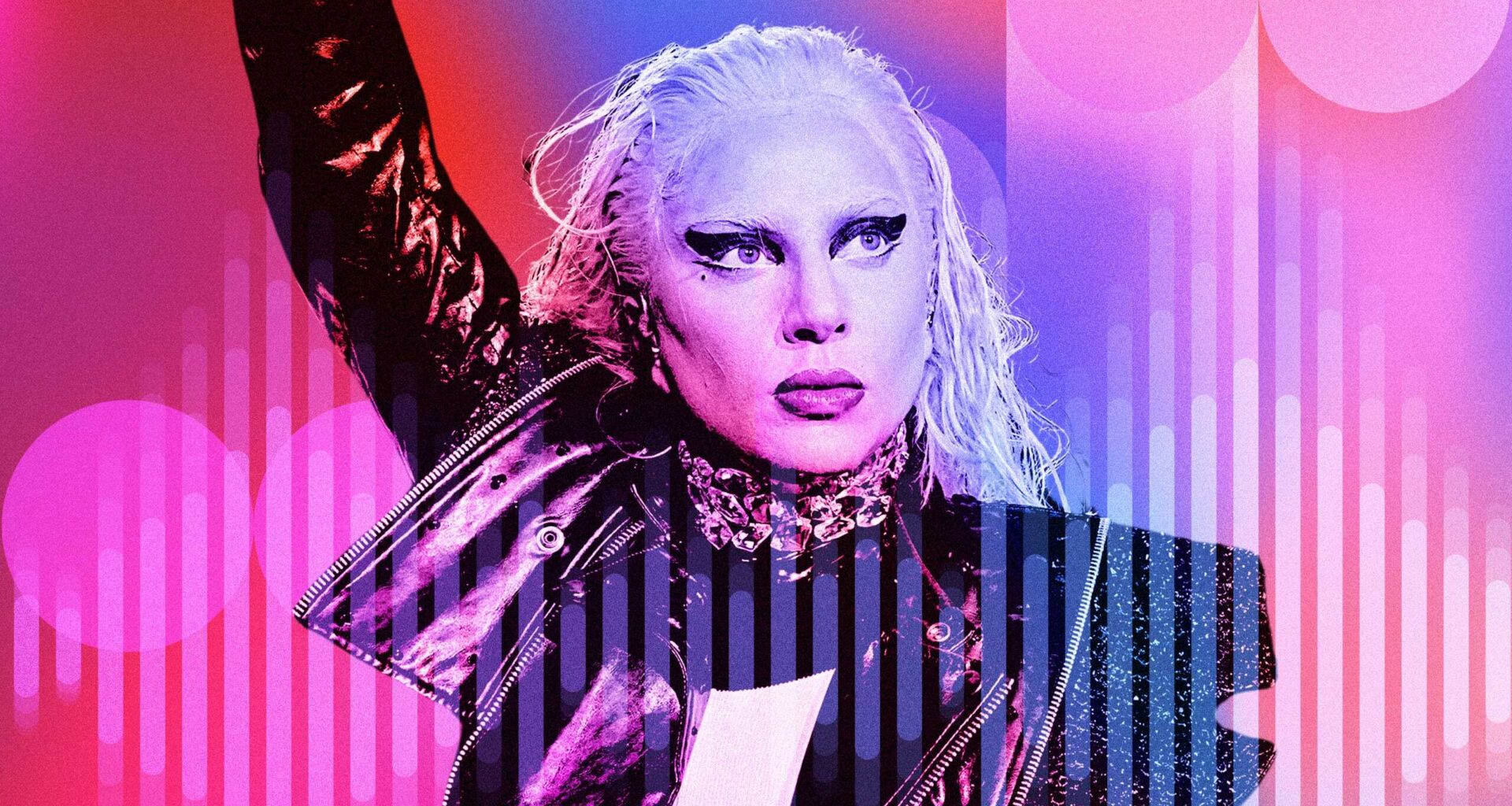“It is quite a bonkers song,” she laughs. “I wasn’t chasing a radio-friendly hit.”
If you asked artificial intelligence to write a song like Angel Of My Dreams, she adds, “it would glitch. It would explode”.
“You need real artists in the room, having these visions and changing the game and long may that continue.”
After half a decade of chasing virality, pop is becoming wayward and reckless again – and it’s getting happier too.
“I like to think of it as recession pop,” says Dunn. “Everyone’s just going dancing to counter the fact that the world is falling to shreds.”
If you’re not familiar with the term “recession pop”, here’s a brief explainer: In 2008, a global financial crisis, sparked by the collapse of the US housing market, was soundtracked by some of the most ridiculous, carefree music you could imagine.
As people tried to escape the grim realities of life, they turned to hits like Black Eyed Peas’ I Got A Feeling (4m 49s), Rihanna’s Only Girl In The World (3m 55s) and Lady Gaga’s Bad Romance (4m 54s).
So is it happening again? Luckily, we have the data.
Five years ago, the BBC reported that the music people streamed during the Covid-19 pandemic was uniquely upbeat and sensual.
To illustrate that, we relied on the vast catalogue of musical metadata that Spotify generates for the 100 million songs in its database.
We were particularly interested in something called “emotional valence” – essentially a score for positivity, based on indicators such a song’s lyrical outlook, whether it is written in a major key, and the strength of its beat.
Tracks with a high score sound more positive (happy, euphoric), while tracks with a low score are considered negative (sad, angry).
It’s not a perfect measure, but it’s largely accurate.
